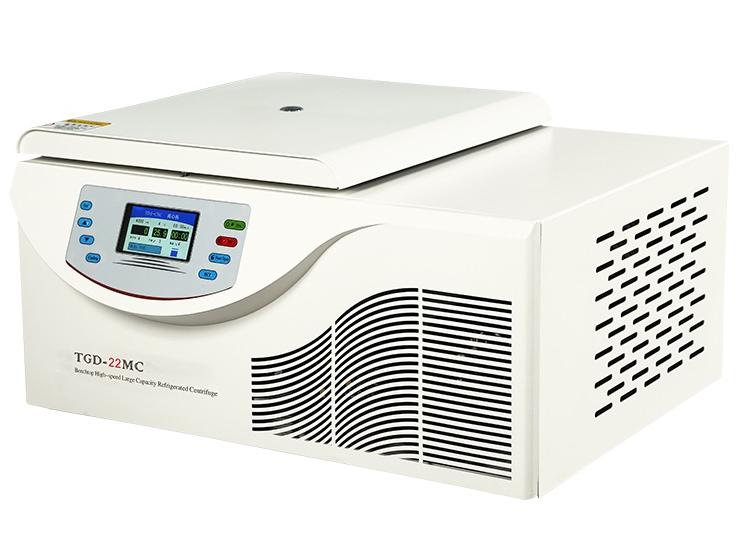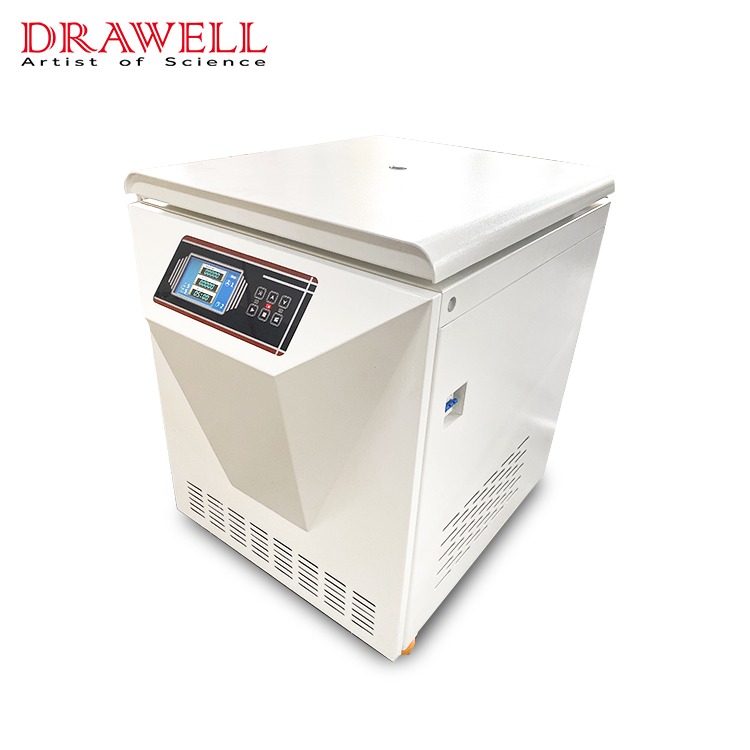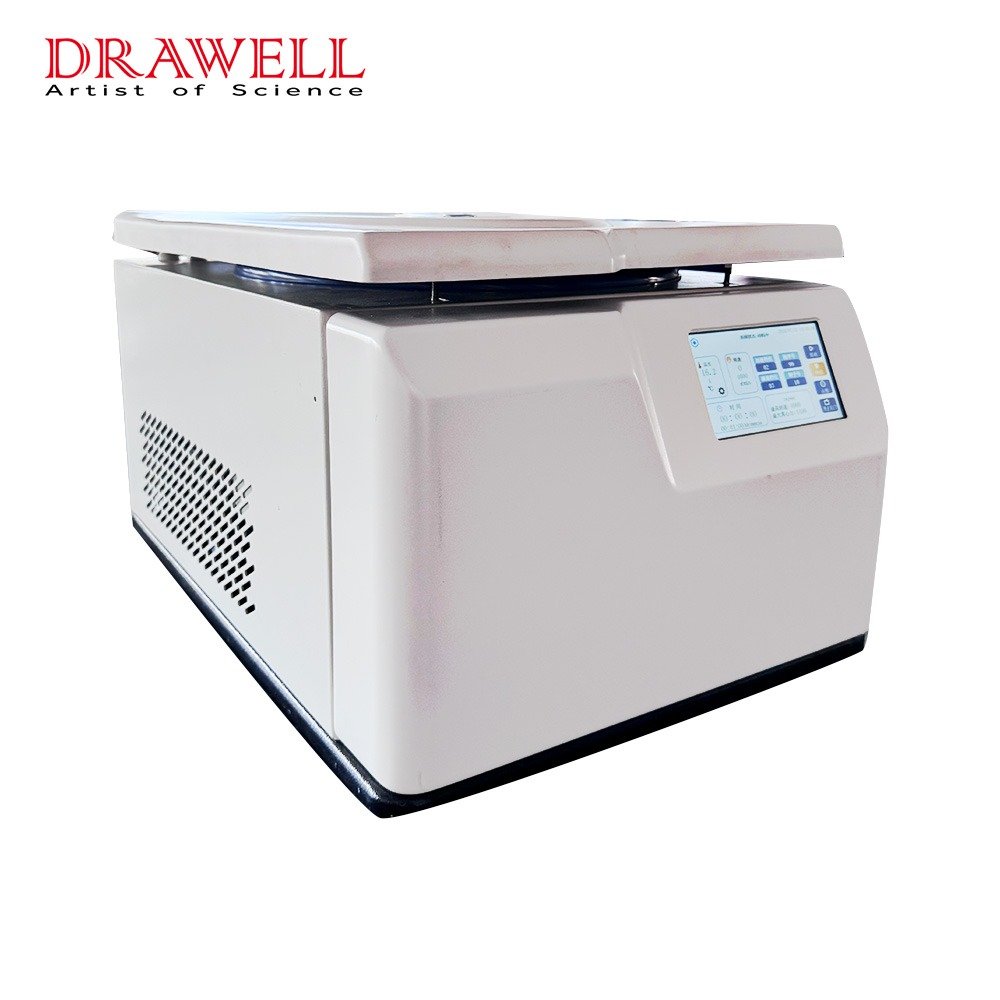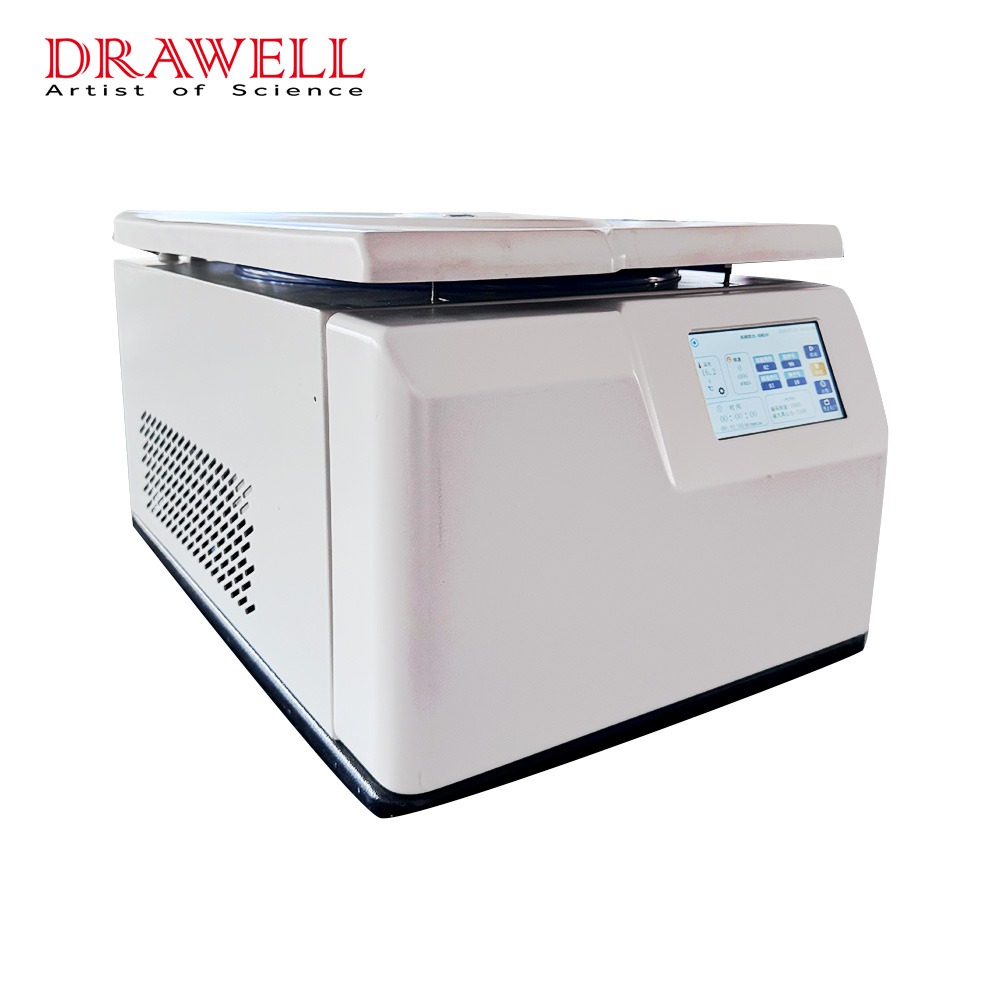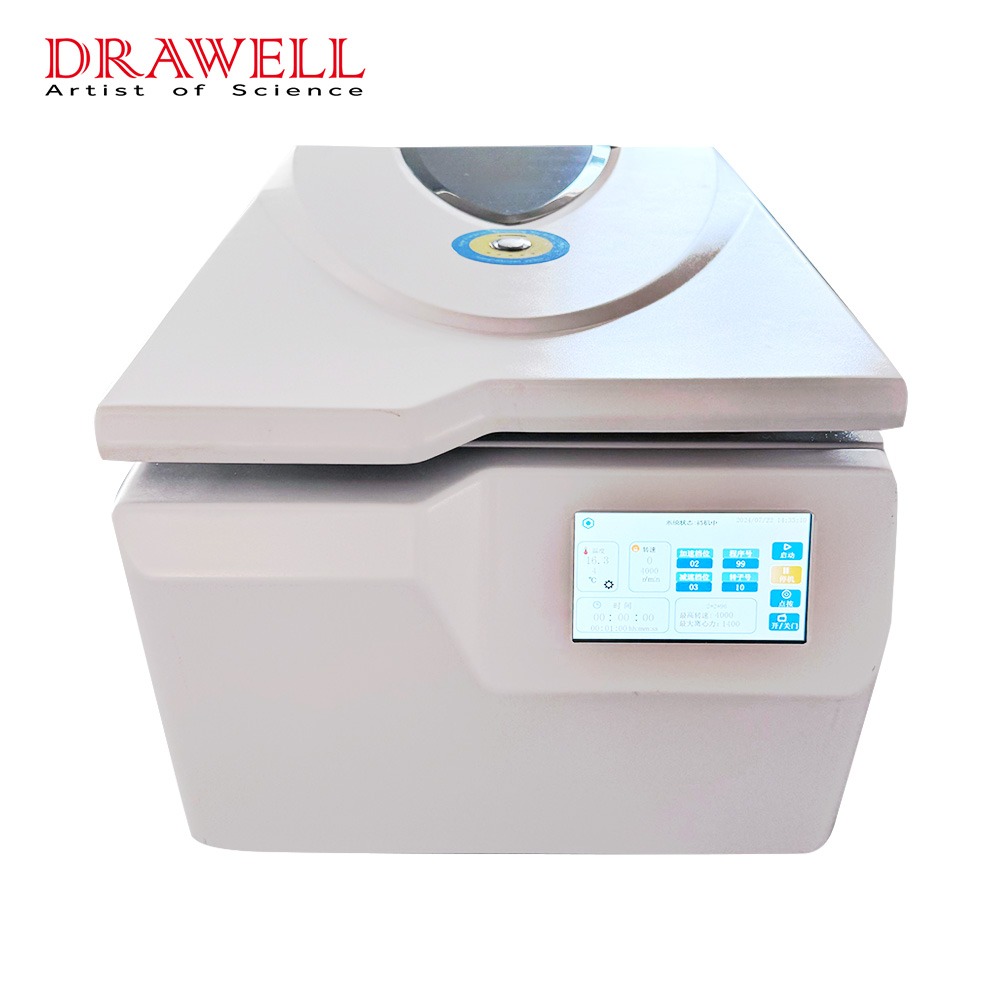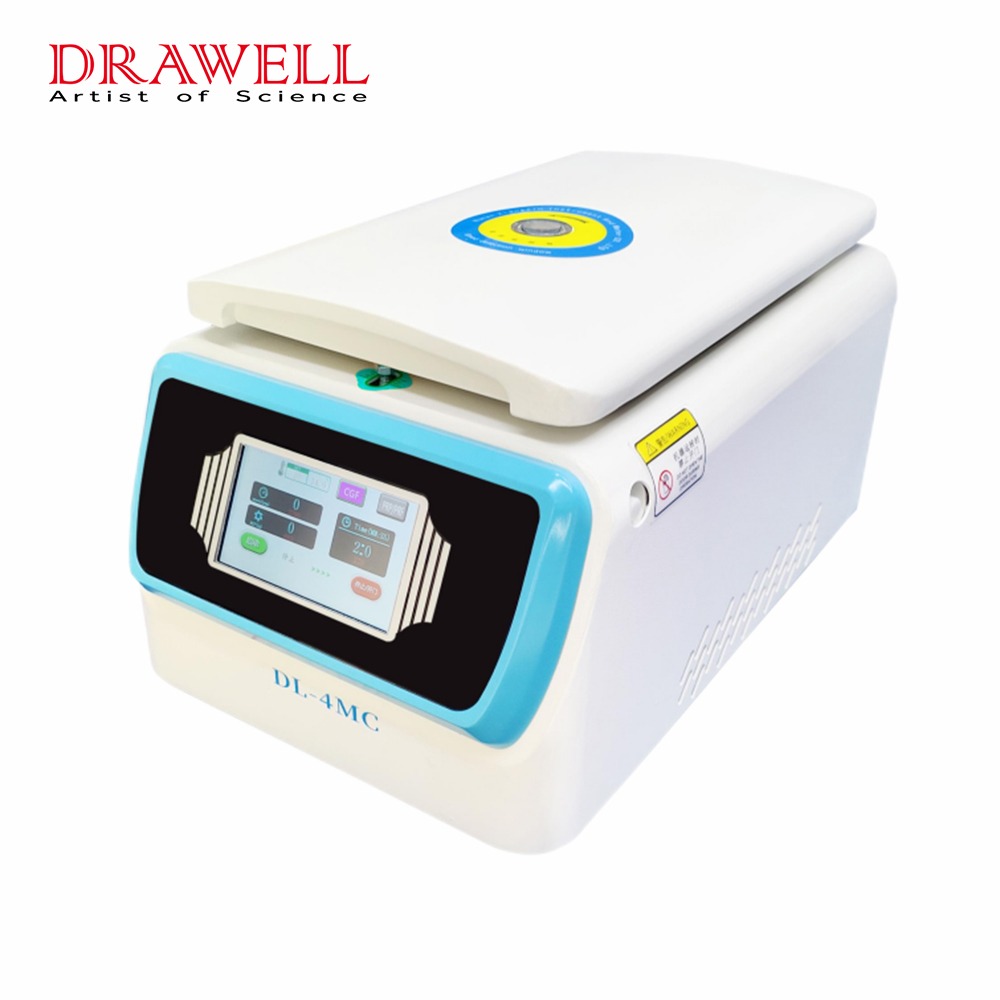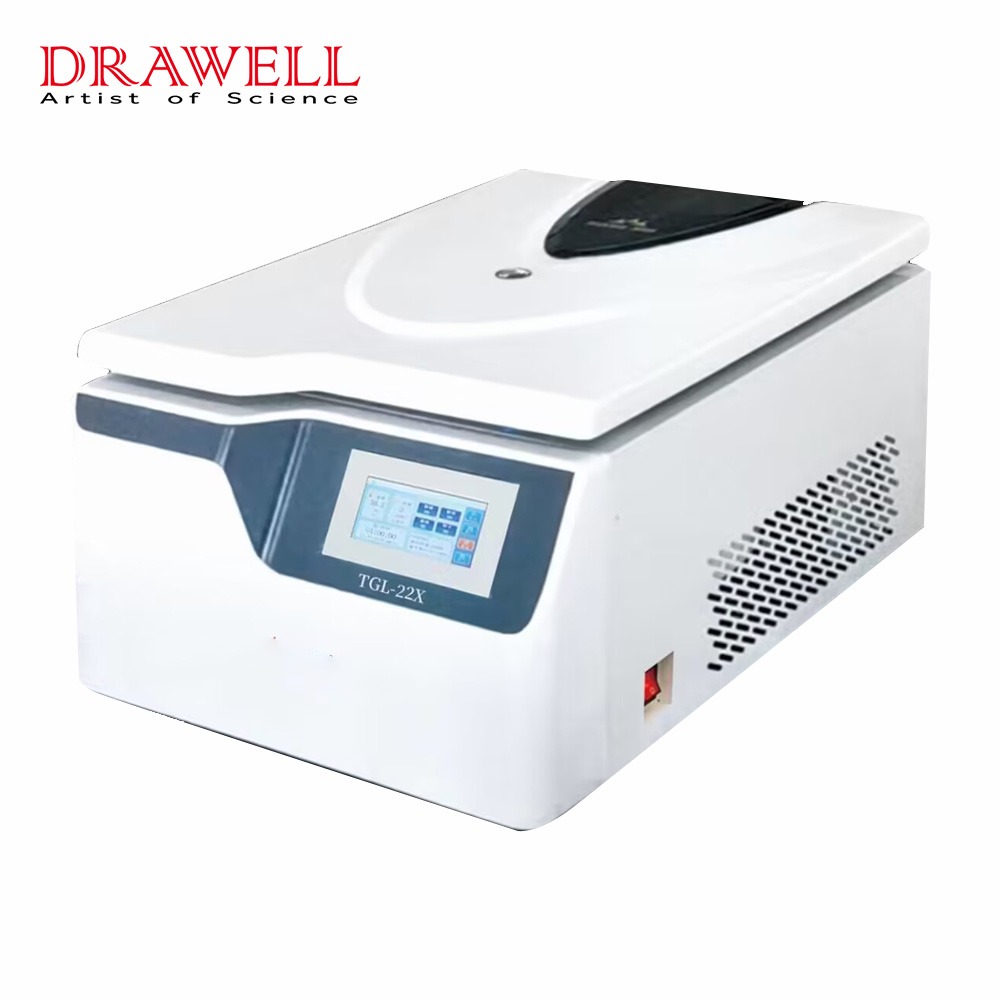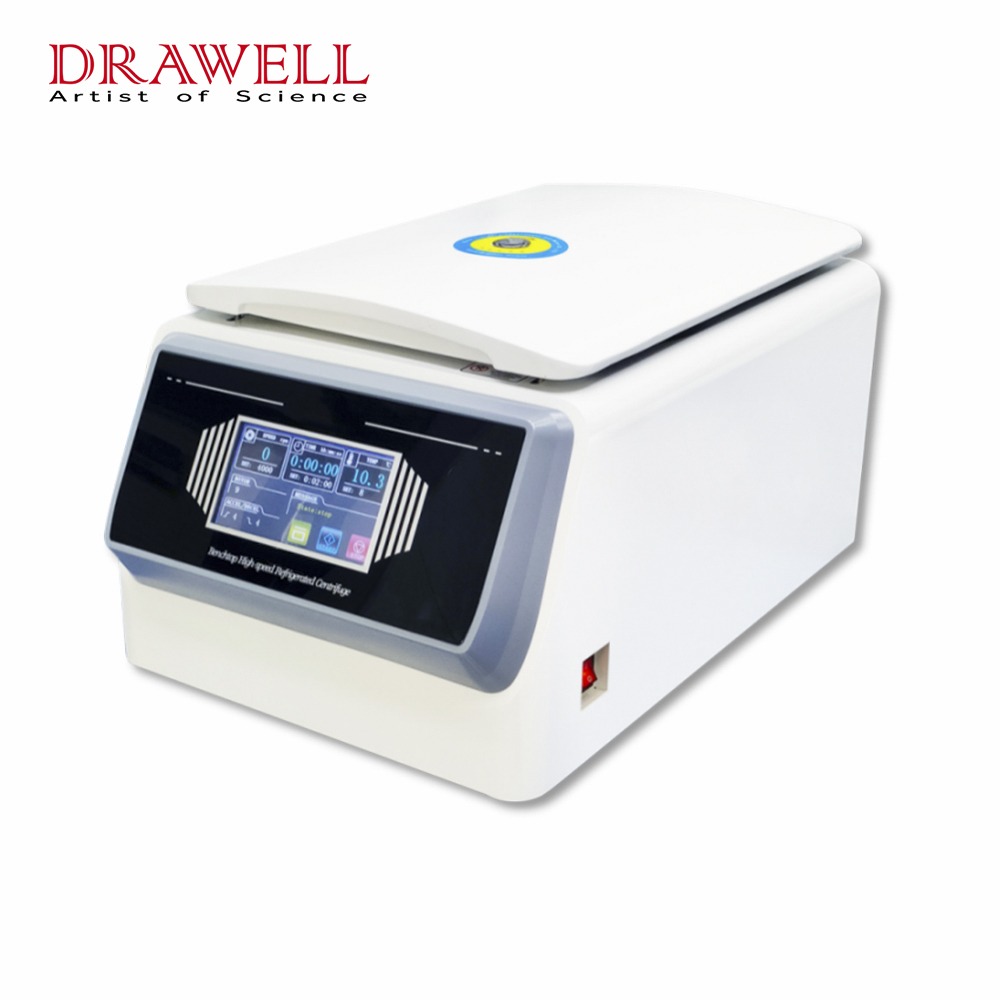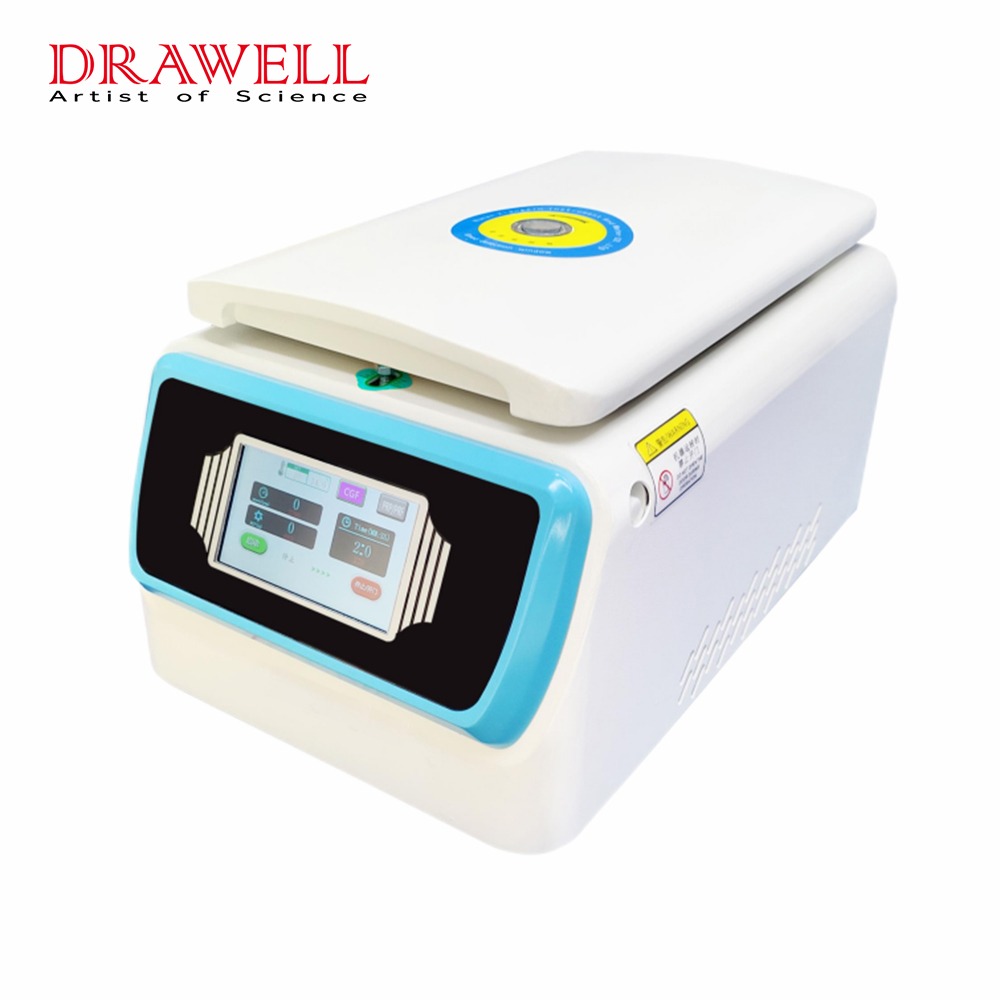Refrigerated centrifuges are at the forefront of laboratory equipment, enabling a wide range of applications from biology and chemistry to clinical diagnostics. These powerful instruments rely heavily on advanced cooling systems. In this article, we explore the significance of cooling systems in refrigerated centrifuges and delve into the latest technological advancements that are revolutionizing temperature control in centrifugation processes.
The Pivotal Role of Advanced Cooling Systems in Refrigerated Centrifuges
The use of advanced cooling systems is one of the most important aspects influencing the success and reliability of centrifuge processes.
1. Preservation of Sample Integrity
Perhaps the most crucial role of cooling systems in refrigerated centrifuges is to maintain sample integrity. Many biological and chemical processes are extremely temperature sensitive. Without sufficient cooling, the heat created by high-speed centrifugation might cause sample degradation, denaturation, or change. Cooling systems ensure a steady and controlled environment within the centrifuge chamber, protecting sensitive samples’ molecular structures.
2. Temperature Control for Precise Experiments
Accurate and reproducible results in scientific investigations rely greatly on precise temperature control. Cooling systems in refrigerated centrifuges allow researchers to establish and maintain specified temperatures, according to the unique needs of various sample types. This is especially important in domains like molecular biology, where DNA, RNA, and proteins can be extremely sensitive to temperature fluctuations.
3. Prevention of Thermal Stress
The forces created during centrifugation might cause thermal stress to samples. Cooling systems serve an important function in dispersing heat and minimizing thermal stress, which could impair the samples’ integrity. Maintaining a steady temperature reduces the possibility of artifacts and ensures that the results accurately reflect the attributes of the original samples.
4. Enhanced Versatility in Applications
Advanced cooling systems extend the versatility of refrigerated centrifuges, allowing them to accommodate a diverse range of applications. From routine clinical diagnostics to specialized research protocols, the ability to control and adjust temperatures ensures that these instruments can effectively process various sample types with specific temperature requirements.
5. Longer Centrifugation Duration
In many experiments, especially those involving the separation of complex biological mixtures, centrifugation processes can be time-consuming. Cooling systems enable the extension of centrifugation durations without compromising sample integrity. This is particularly beneficial in experiments that require prolonged exposure to high centrifugal forces.
6. Minimization of Experimental Variability
Maintaining a constant temperature during the centrifugation process reduces experimental variability. Temperature fluctuations can provide inconsistent findings, making it difficult to draw precise conclusions from tests. Cooling systems improve the repeatability and dependability of study findings.
7. Energy Efficiency and Cost Savings
Advanced cooling systems in refrigerated centrifuges are designed to be energy-efficient, contributing to sustainable laboratory practices. Energy-efficient components, such as variable speed compressors, not only reduce power consumption but also lower operational costs in the long run.

Key Components of Advanced Cooling Systems in Refrigerated Centrifuges
1. Cryogenic Cooling Technology
In some advanced refrigerated centrifuges, cryogenic chilling technology is used. This entails fast reaching extremely low temperatures using liquefied gases such as liquid nitrogen or liquid helium. Cryogenic cooling is extremely successful at maintaining accurate and consistent temperatures during centrifugation.
2. Variable Speed Compressors
Variable speed compressors are an essential part of modern cooling systems. These compressors can alter their rotation speed to meet cooling demands, allowing for precise temperature control. The ability to dynamically adjust compressor speed enhances energy efficiency and ensures that the temperature within the centrifuge chamber remains stable, even during varying loads or environmental conditions.
3. Heat Exchangers
Integrated heat exchangers play a significant role in the efficient dissipation of heat generated during centrifugation. These heat exchangers transfer heat away from the centrifuge chamber, helping to maintain a consistent temperature. Advanced designs optimize the heat exchange process, contributing to temperature uniformity and preventing fluctuations that could affect sample integrity.
4. Insulation Materials
The choice of insulation materials is crucial in minimizing heat exchange between the inside and outside of the centrifuge. Advanced cooling systems incorporate high-quality insulation materials with low thermal conductivity. This insulation helps to create a well-isolated environment, reducing the impact of external temperature variations on the samples being processed.
5. Thermal Sensors and Monitoring Systems
To ensure precise temperature control, advanced cooling systems are equipped with thermal sensors and monitoring systems. These sensors continuously measure the temperature within the centrifuge chamber, providing real-time feedback to the control system. The monitoring system adjusts cooling parameters based on this feedback, ensuring that the set temperature is maintained accurately.
6. Adaptive Cooling Algorithms
Some refrigerated centrifuges use adaptive cooling algorithms that automatically modify cooling parameters in response to changing conditions. These algorithms include aspects like as load variations, changes in ambient temperature, and the unique needs of the samples being processed. This adaptive technique ensures optimal temperature regulation under a variety of conditions.
7. User-Programmable Cooling Protocols
Advanced cooling systems often include user-programmable cooling protocols. Researchers can customize temperature profiles based on the specific needs of their experiments. This level of customization allows for flexibility in handling diverse sample types and conducting experiments with varying temperature requirements.
8. Low-Noise Cooling Systems
The noise generated by cooling systems can impact the laboratory environment. Advanced refrigerated centrifuges are designed with low-noise cooling systems, reducing disruptions in shared laboratory spaces. This is achieved through the use of sound-dampening materials and optimized cooling system designs.
9. Energy-Efficient Components
Energy efficiency is a key consideration in the design of advanced cooling systems. Components such as variable speed compressors, energy-efficient motors, and optimized heat exchangers contribute to reducing overall energy consumption. This not only benefits the environment but also aligns with the trend toward sustainable laboratory practices.
10. Safety Features
Advanced cooling systems often incorporate safety features, such as overheat protection and fail-safe mechanisms. These features ensure that the refrigerated centrifuge operates within specified temperature limits, minimizing the risk of damage to samples or the centrifuge itself.

Conclusion
The continuous evolution of refrigerated centrifuges is characterized by ground-breaking advances in cooling systems. These advancements provide researchers with accurate temperature control, sample preservation, and flexibility in experimental applications. As technology advances, we may expect increasingly more advanced cooling systems that will enhance the capabilities of refrigerated centrifuges, making them important equipment in laboratories doing cutting-edge scientific research and diagnostic developments.

